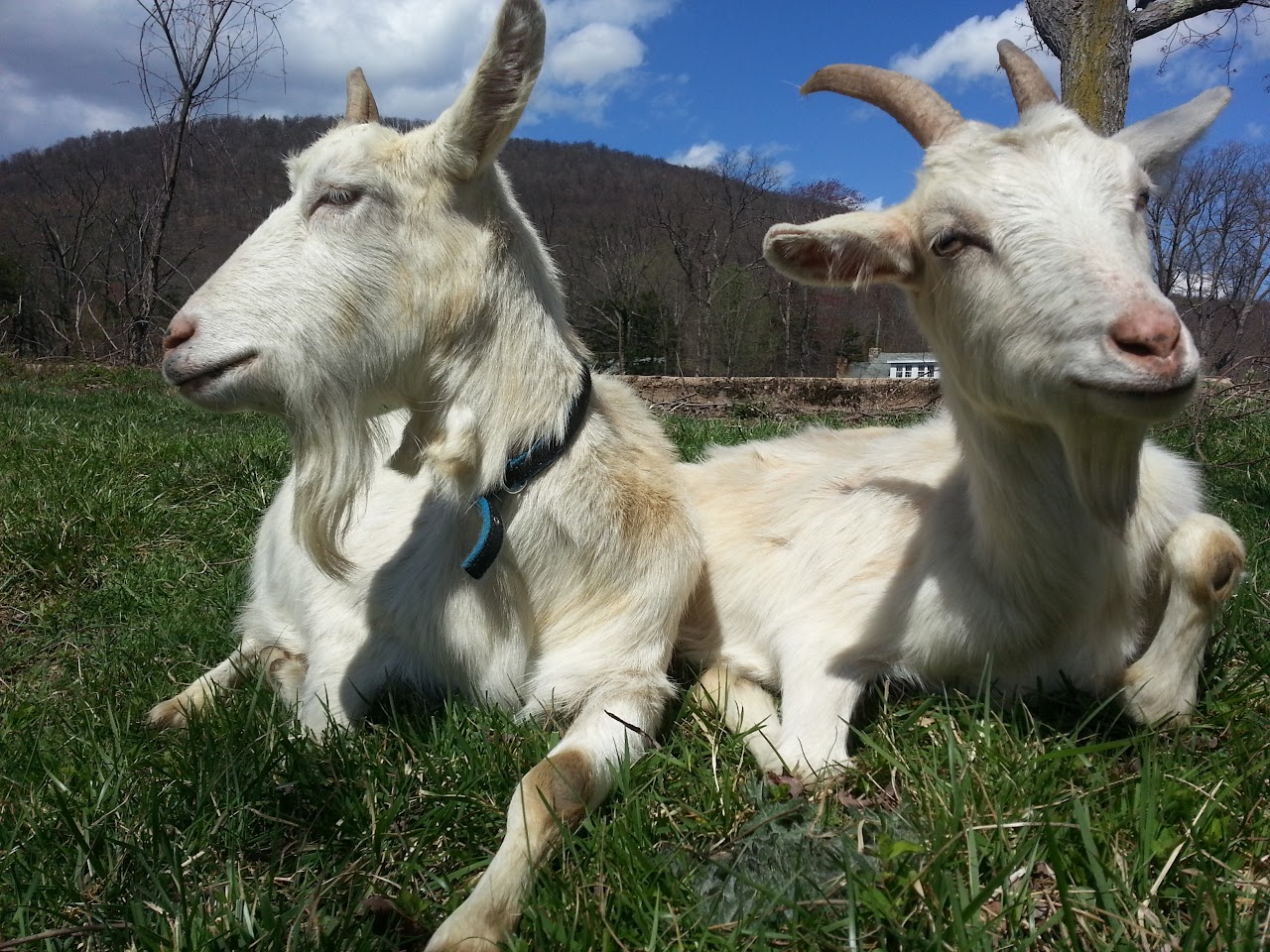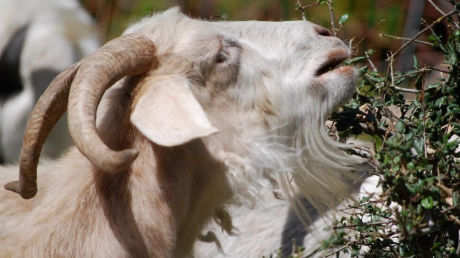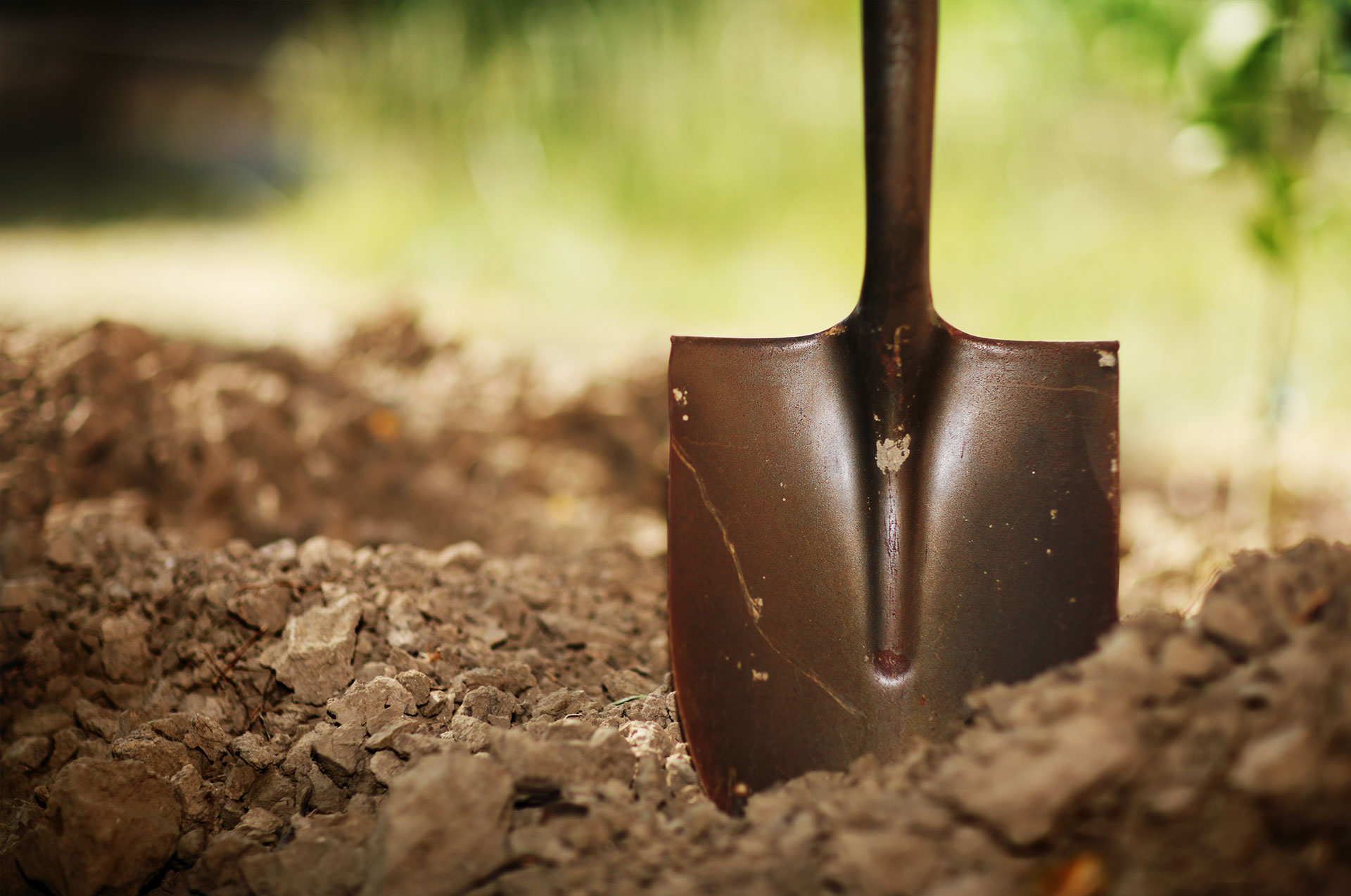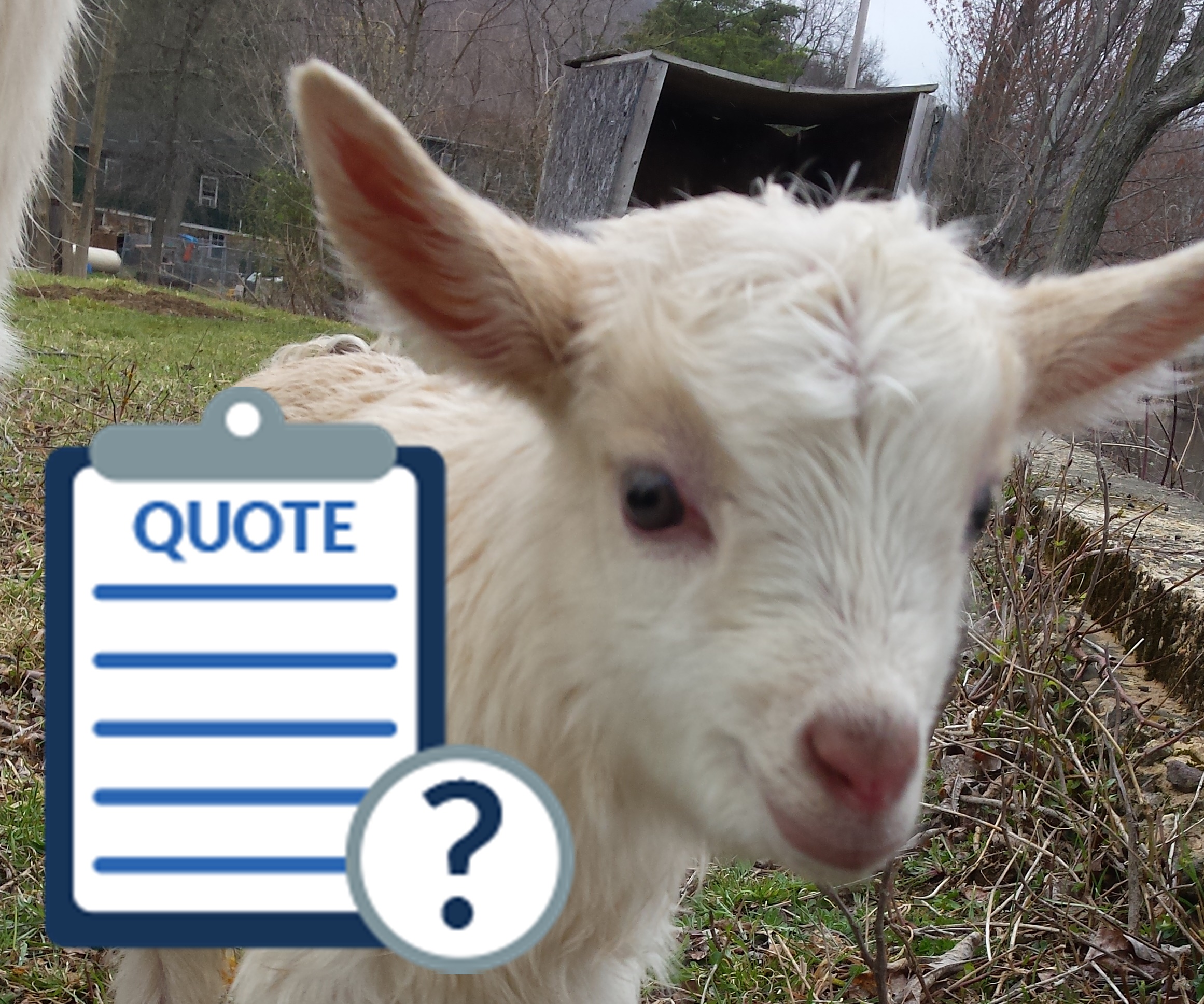Goats are working even when they appear to be resting.
Just one of the reasons that goats are so effective at their job is that, even when they appear to be resting, they are actually still working. Goats are ruminants. They have a rather elaborate digestive system that destroys basically all the seeds and seed making parts of plants that they eat.
As they are (seemingly) at rest, look closely... You'll likely see nearly all of them chewing. They are chewing their cud. Cud is a portion of food that returns from a ruminant's stomach, to the mouth, to be chewed for a second, or even a third time.
This is just a small part of why goats are able to be so effective at managing vegetation.
The goat’s stomach has four chambers: 1) the rumen, 2) the honeycombed reticulum, 3) the omasum, and 4) the abomasum or true stomach. What goats eat passes though their multi-chambered digestive system and is fermented with the help of millions of bacteria. And, partially due to that highly beneficial microbiome colony of each goat, their droppings don't just fertilize the soil in a traditional sense, they actually improve the soil environment and health.
And don't forget, there is not much that goats don't eat. So, what this practically means is, if the goats are on site before seeds drop or fly away, then, they basically consume everything without generating more seedlings. Compare this to mowing where seeds are scattered.
Additionally, the extra vegetation becomes a soil amendment, not waste to be carried off or burnt.



